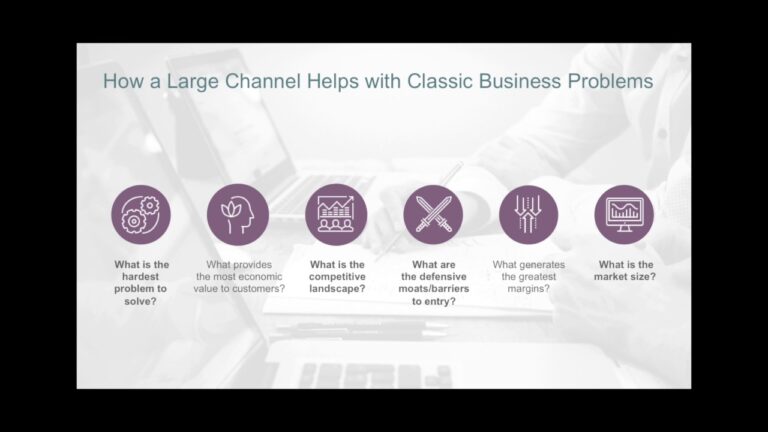The route by which you distribute your product to customers — i.e., the channel is key, as is the decision whether to partner with others here. A large and diverse set of channels can help with a lot of classic “b-school 101” problems, because you’re typically creating more routes to market for your product while also displacing competitors and building up a barrier around customer acquisition.
So getting channel distribution and partnerships right really matters for the “little guys” — i.e., startups. But when does a channel partnership make the most sense for you? How do you determine who the appropriate (and most beneficial) channel partners are? How does channel pricing work, and when can you offer different “channel economics”?
Before joining a16z, General Partner Alex Rampell ran a company called TrialPay (which was acquired by Visa). Using the case study/example of TrialPay in this deck — first presented at one of our company building events in early 2017 — Rampell shares how you can best use channel partnerships to grow your business … including understanding what they can do and what they can’t.
a16z
Trending
- The English Tenses Guide for Hindi Speakers
- The New Rules of Go-To-Market Strategy: How Ecosystem Thinking Replaces Linear Launch Models
- Desire Engineering: How Top Product Marketers Manufacture Demand Before Launch
- Zero Market Startups: Creating Demand for Something Nobody Asked For
- Will Generative AI Replace Programmers? The Truth Behind the Hype
- Generative AI vs Agentic AI vs AI Agents : The Future of AI
- Disruptive Pricing Models That Overthrow Established Market Leaders
- The Architecture of Agentic AI: Breaking Down the Key Components


